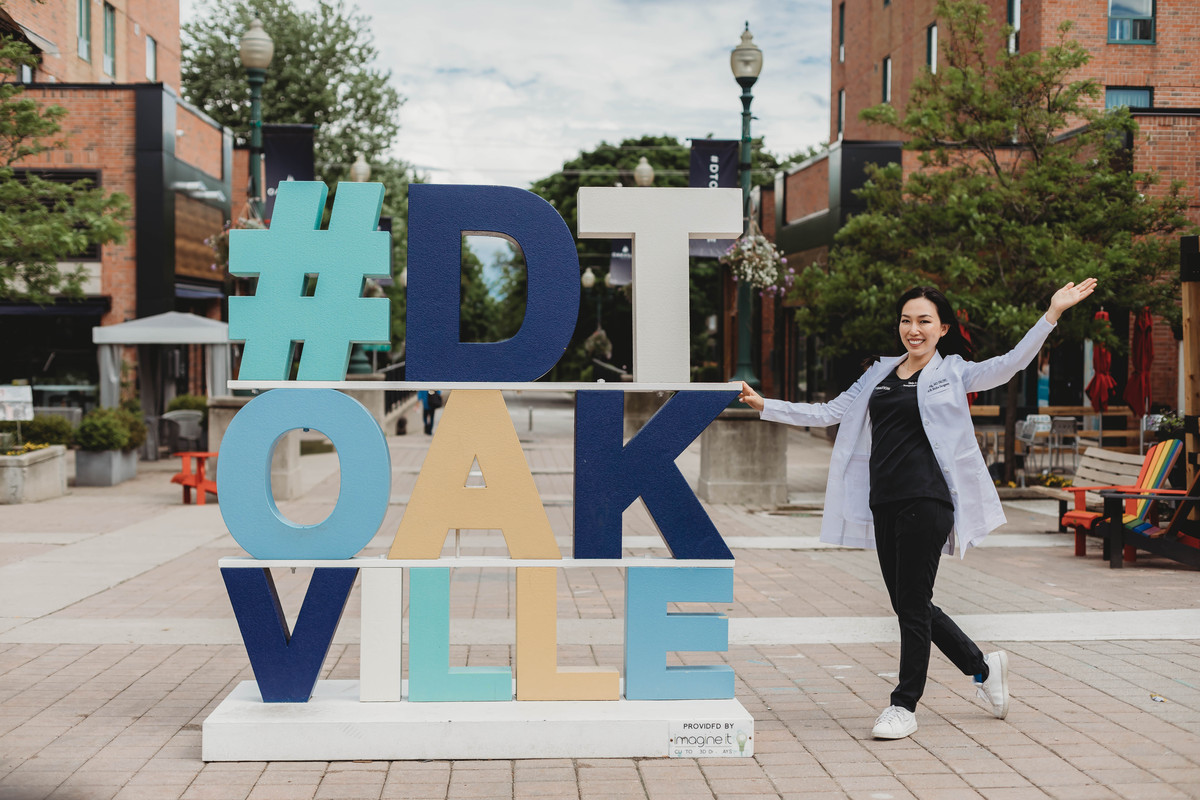
Mohs Surgery
We have come a long way in the last few decades; learning how to protect our skin from the sun’s harmful UV rays. We have diligently applied our SPF 50 and turned our backs on tanning beds. The days of massaging tanning oils into our sun-baked skin are long gone. We are smarter than that now. But hearing your dermatologist mention that you have a spot of concern on your skin, especially hearing the words “skin cancer”, can be terrifying.
TYPES OF SKIN CANCER
Three of the most common forms of skin cancer are Basal Cell Carcinoma, Squamous Skin Cell Carcinoma, and Melanoma. The push is still on to find a cure for cancer, but there is an effective treatment for Basal and Squamous Skin Cell Carcinoma and even for early-stage Melanoma, the most serious type of skin cancer.
TRADITIONAL TREATMENT
Wide local excision is the most common and accessible treatment for skin cancer. In this method, the surgeon identifies the tumor’s border and adds a margin to ensure the entire tumor is removed and to optimize the cure rate. After the tumor is removed, it is sent to a pathology lab for analysis. Confirmation that the tumor was completely removed could take several weeks.
MOHS SURGERY
Mohs Micrographic Surgery is a precise surgical procedure where thin layers of skin in the area of the visible cancer are removed one at a time and immediately analyzed to determine whether the tissue is cancerous. The surgeon will continue to remove layers for examination in the lab until no cancer cells are detected.
BENEFITS OF MOHS SURGERY
There are five primary benefits of Mohs Surgery for treating skin cancer:
-
Better odds that the tumor will be completely removed- Because your surgeon will check for the presence of cancer cells as each layer is removed, there is a good chance that all traces of cancer can be detected and removed.
-
Better cosmetic outcomes- Unlike in traditional treatment where your surgeon must remove a margin of healthy tissue to ensure the tumor is excised, the precise removal technique and immediate analysis of tissue mean that your surgeon can remove less skin and minimize scarring.
-
Mohs Surgery is quick- Usually performed in your doctor’s office, the procedure is reasonably brief. Although you will need to wait for lab results between each removal, the procedure typically only lasts between two and four hours.
-
It is virtually painless- Your surgeon will likely inject an anesthetic to numb the area to be treated, but most patients report little to no pain during or after the procedure.
-
Mohs Surgery has high rates of success- The cure rate varies based on the type of tumor treated, but for basal cell carcinoma, the most common form of skin cancer, cure rates are typically around 95%.
FELLOWSHIP TRAINING FOR MOHS SURGERY
Dr . Danny Guo is a double board-certified medical, surgical, and cosmetic dermatologist with Fellowship training in Mohs Micrographic Surgery. A fellowship is an extra step taken by specialists after completion of their specialist training, and only a board-certified dermatologist can enroll in a fellowship program. Mohs surgeons are rigorously trained in facial anatomy and facial surgery. This allows Dr. Guo to perform the precise and intricate Mohs surgery with the most skilled knowledge, but also allows him to apply his familiarity with facial anatomy to every procedure he performs. This benefits most cosmetic and facial surgery and facial reconstruction patients because these complex procedures rely on an understanding of the location and function of facial bones, muscles, fat pads, nerves, blood vessels, and more.
MOHS SURGERY FAQS
Basal cell carcinoma and squamous cell carcinoma are the most common types treated with Mohs surgery.
This type of surgery is most commonly used for head and neck skin cancers. But consultation is best to determine if your cancer, wherever it is, can be treated with Mohs surgery.
This will differ depending on the scope of the surgery performed. However, stitches when necessary are usually removed one week later and the scar could take up to 9-12 months to fully heal.


